I am comfortable with rudimentary 555 circuits and other basics, but I have something a little bit beyond me now.
I need to have three separate mosfets A, B, and C all turn on and off in sequence. I want to be able to control the timing of on state separately if possible, but it's not absolutely necessary. I would be fine with all of them having the same ON time so long as I can control the period of the entire cycle so that I can speed up or slow down the frequency.

I'd like to be able to do this in the 10Khz to 1Mhz range. I've been told there are basic integrated chips that will let me do exactly this sort of thing, but I haven't the foggiest what part number or catalog page to look up.